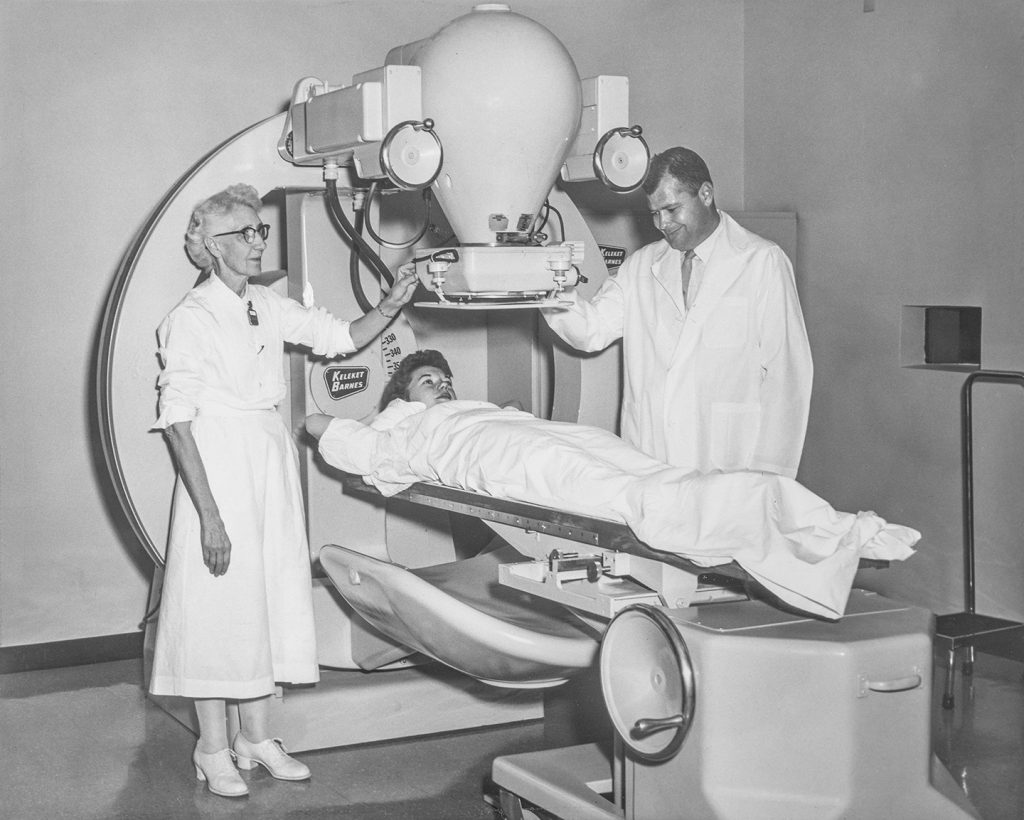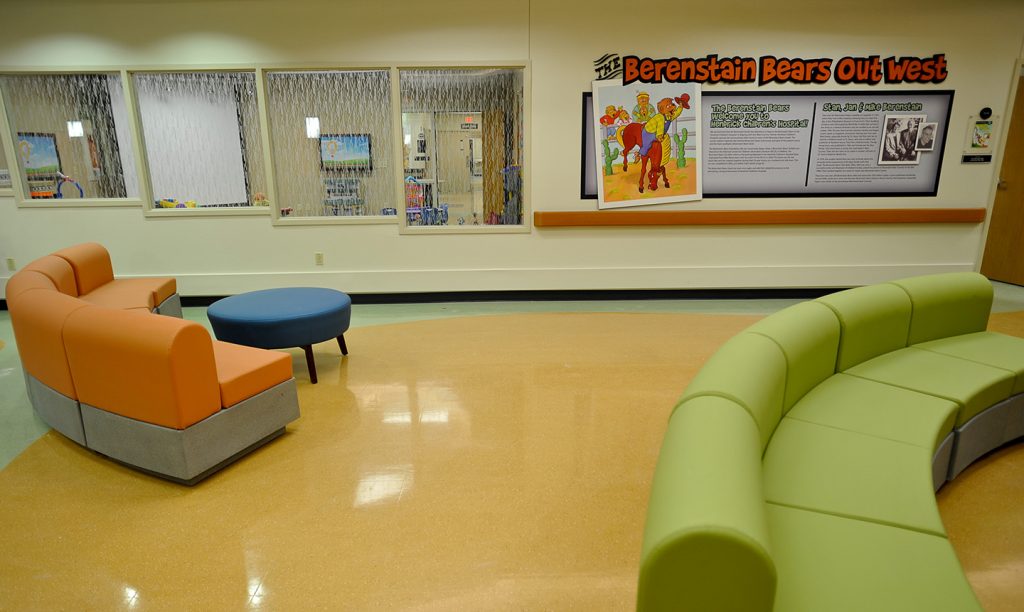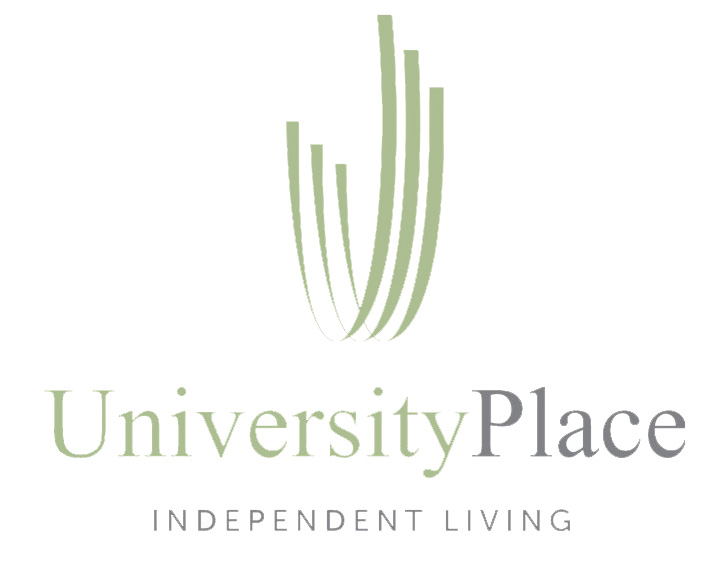September in the Big Country is always a festive time, with live performances, food and fun at the West Texas Fair & Rodeo and high school and collegiate athletic competitions. And this year another celebration will be added to our community’s already busy season – the 100th anniversary of the founding of Hendrick Health.
The health system’s flagship hospital opened on September 15, 1924, then known as West Texas Baptist Sanitarium. That afternoon, thousands toured the five-story building where they were able to meet many of the hospital’s 10 nurses, 18 admitting physicians and to see and learn about some of the best X-ray, laboratory and surgical equipment of the era.
 Known today as Hendrick Health, the healthcare organization was founded on the faith and vision of Rev. Millard A. Jenkens, pastor of First Baptist Church in Abilene. Jenkens energized the dream of a community-based hospital in West Central Texas by marshalling community charitable support to fund a facility that provided advanced healthcare to all, regardless of faith or means of paying.
Known today as Hendrick Health, the healthcare organization was founded on the faith and vision of Rev. Millard A. Jenkens, pastor of First Baptist Church in Abilene. Jenkens energized the dream of a community-based hospital in West Central Texas by marshalling community charitable support to fund a facility that provided advanced healthcare to all, regardless of faith or means of paying.
Jenkens’ resilient spirit reverberates in the rise of that original 75-bed hospital into today’s Hendrick Health that remains guided by a local, volunteer board and connected to its ministry roots, affiliated with the Baptist General Convention of Texas. And for the past 100 years, Hendrick has served as a vital regional nonprofit healthcare institution and has grown through philanthropic support and by reinvesting any earnings back into services for the benefit of patients and the community.
Hendrick Health now includes Hendrick Medical Center and Hendrick Medical Center South in Abilene and Hendrick Medical Center Brownwood in Brownwood, as well as Hendrick Clinic, a multispecialty medical group of physicians and other advanced professional providers. The health system has a medical staff of more than 650 providers who provide 60 different specialties. In total, Hendrick Health employs approximately 5,400 and has more than 100 service locations and serves 24 counties, encompassing a landmass equal to 9% of Texas.

And, Hendrick is the largest health system in a Texas metropolitan area that is not supported by a county taxing district. Taylor County residents save approximately $27 million annually in taxes by not being a taxing district (based on the state average of the 127 active hospital taxing districts).
“In the healthcare industry, a not-for-profit health system owned and operated by local people is becoming an anomaly,” said Brad Holland, president and CEO at Hendrick Health and Board Chair of the Texas Hospital Association for 2024. “I think the longevity and vitality of Hendrick Health is a tribute to Abilene’s pioneering spirit that saw people banding together to improve their community.”
Like all good stories, the high points in Hendrick Health’s history unfold in the face of monumental challenges. During the Depression of the 1930s, the hospital struggled financially while overflowing with patients. The hospital accepted payment in black-eyed peas, chicken and goats, and sometimes nurses and staff agreed to accept produce in lieu of paychecks.
Relief of the dire financial situation came through the generosity of Ida and Thomas Gould “T. G.” Hendrick. Their $100,000 contribution enabled the hospital to not only avoid bankruptcy and \ pay off its debt, but also to add a much-needed four-story East Wing. Fittingly, in 1936 West Texas Baptist Sanitarium became Hendrick Memorial Hospital.
In 1943, as the nation fought in World War II, the hospital was able to add a four-story West Wing. A North Wing followed in 1946. By 1950, one floor was added to the original building and two more to each of the three wings so they all stood six stories tall. Through the end of the century, generous donors funded more towers and wings.
Hendrick announced in 2008 its largest expansion to date, powering through the Great Recession’s adverse impact on the bond market and completing the project in 2012, adding 250,000 square feet of space. Project highlights included the building of the Jones Building tower which allowed for the relocation and expansion of Hendrick Children’s Hospital, added space for surgical services and a new physician office building.
“At Hendrick Health, we are proud of our heritage as a regional healthcare leader that combines medicine, ministry and research, and does so in a fiscally responsible way,” said Holland. “That allows us to reinvest in our community.”
 While leading the community’s response to the 2020 pandemic, Hendrick Health also helped stabilize the region’s healthcare with the October acquisition of Hendrick Medical Center South (HMCS) and Hendrick Medical Center Brownwood (HMCB). To date, Hendrick Health has made capital investments of $31.3 million at HMCS and an additional $23.1 million at HMCB, and further invested by recruiting and hiring additional physicians, nurses, other healthcare professionals and nonclinical individuals to support these facilities.
While leading the community’s response to the 2020 pandemic, Hendrick Health also helped stabilize the region’s healthcare with the October acquisition of Hendrick Medical Center South (HMCS) and Hendrick Medical Center Brownwood (HMCB). To date, Hendrick Health has made capital investments of $31.3 million at HMCS and an additional $23.1 million at HMCB, and further invested by recruiting and hiring additional physicians, nurses, other healthcare professionals and nonclinical individuals to support these facilities.
Hendrick Health attributes much of its success to its people, for which it has been recognized nationally by earning the Gallup Exceptional Workplace Award. Hendrick Health is one of only two companies worldwide – and the only healthcare organization – to be recognized all 18 years of the award’s history as one of the most engaged workplace cultures. Institutions with an engaged workforce outperform peers in customer ratings, productivity, turnover, safety incidents, quality and other business outcomes important for customer service.
Fostering such a mission-focused workforce began the day West Texas Baptist Sanitarium opened, as it included a school of nursing. Since then, the health system has partnered with local and regional colleges and universities to grow its workforce. A new push began in 2023 with the creation of Hendrick Workforce Development, which facilitates scholarships and work-study programs and exposes high school students to rewarding careers in a multitude of healthcare disciplines.
The original hospital building remains, now surrounded by newer wings and towers to meet the region’s growing needs. A metal frame façade masks that first building, but the vision and goodwill that animated the hospital are clearly seen today throughout Hendrick Health. This touchstone legacy drives Hendrick Health as it embarks on another century of providing advanced, high-quality, compassionate healthcare to the communities it serves.

























Leave a Reply